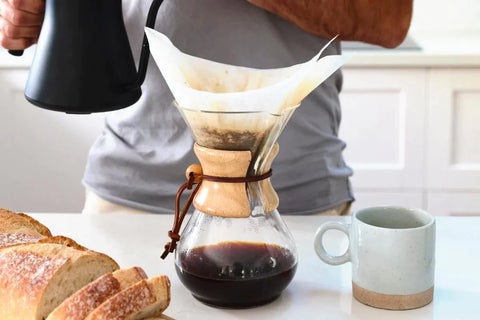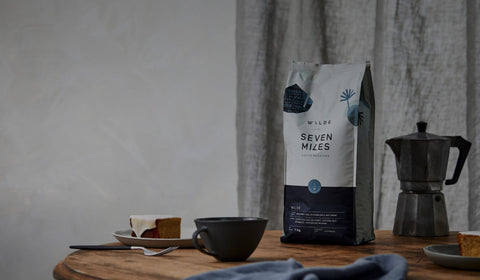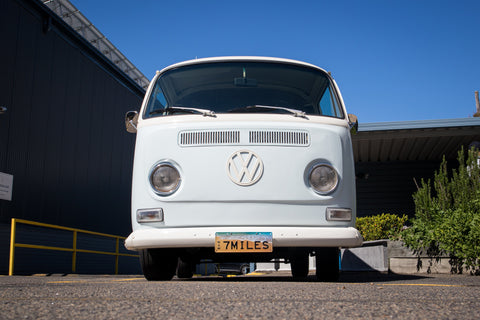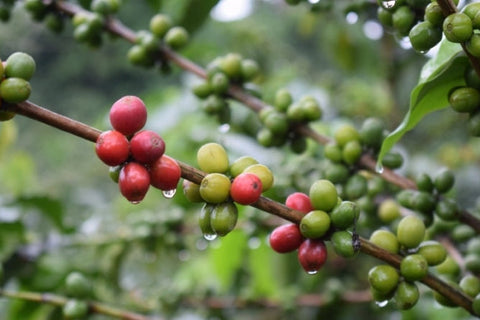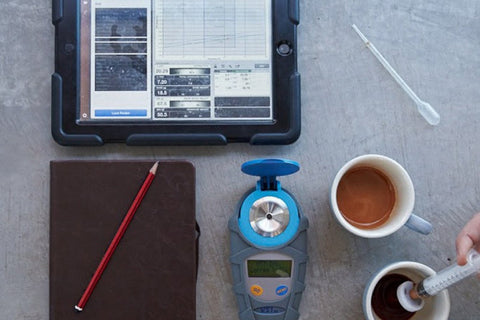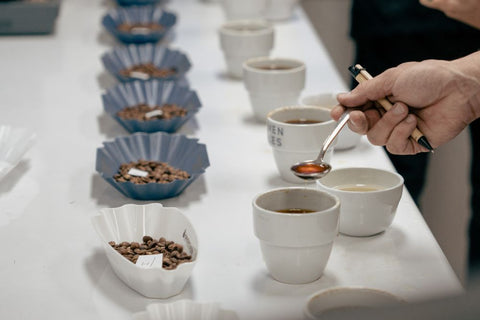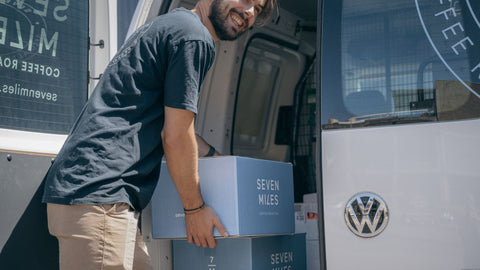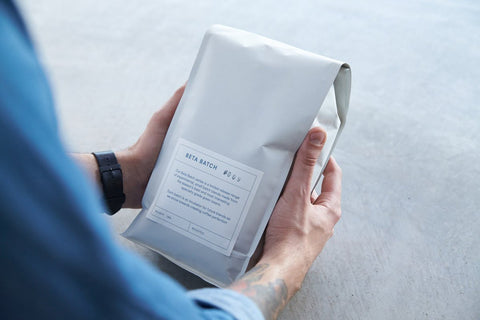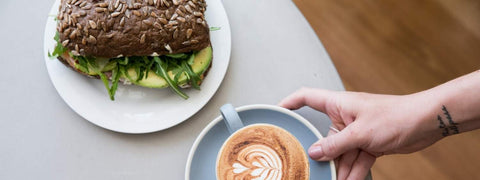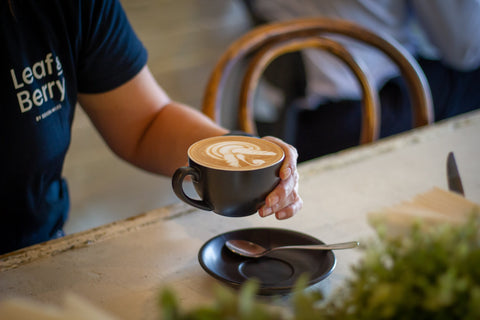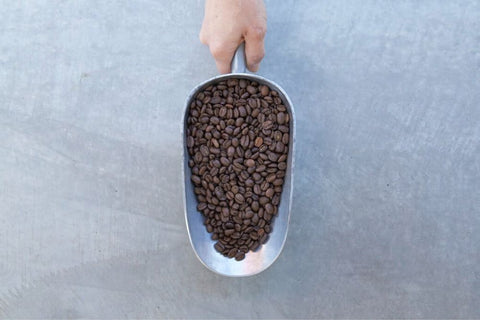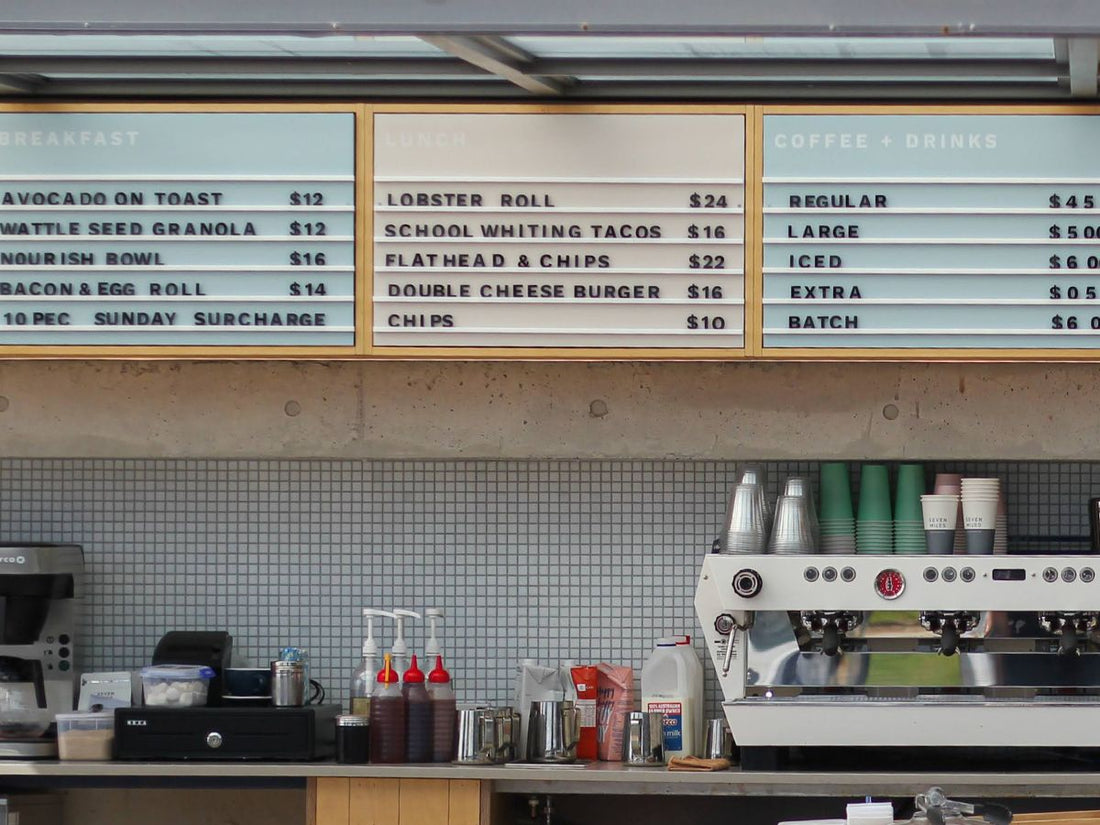Coffee pricing is a hot topic right now.
If you ask, customers will almost certainly tell you that a cup of coffee costs too much.
On the other hand, as a business owner you know that the cost of wages, rent & ingredients continue to rise.
Something’s got to give, this begs the question…
How much should you charge for a cup of coffee?
The ideal price to charge for a cup of coffee depends on balancing these 3 factors:
-
The Cost of Ingredients
How much does each cup really cost you? -
Your Competitors’ Prices
What’s the going rate in your area? -
Your Price Position
Where do you want to be positioned in the market?
Balancing all three factors is key to maintain sales growth and overall profit.
I’ll cover all 3 of these in this article, but let’s start with the cost of ingredients
How much does a cup of coffee cost?
When calculating the cost of a cup of coffee, you need to consider both food ingredients like coffee beans and milk, as well as packaging such as paper cups and lids.
In Australia, the average component costs for a 12oz takeaway Flat White typically comes in at around $1.55 per cup (or around $2.10 per cup if we include GST).

indicative component costs for a 12oz takeaway flat white in Australia, 2024
In accounting terms, these expenses are known as the “cost of goods sold” (COGS). They’re the direct costs associated with producing your product, and they don’t include things like wages, rent, or your Spotify subscription – only the costs that directly relate to the product.
The other expenses—like rent, labour, and utilities—are shared across all the products you sell. It’s more effective to manage these as part of your overall monthly profit and loss statement.
Unfortunately, for many cafe businesses, once we deduct both the cost of goods and all the other expenses, there's often very little left for the owners.
If you want to dig a little deeper into how cafe profit works, and what you can do about, I cover overall cost of sales & gross profit in more detail in this article: 5 ways to improve café profit.
News Flash: Prices (and Costs) Keep Rising
Before he retired earlier this year, Julian, our resident coffee guru with over 35 years at Seven Miles, unearthed a vintage Sydney café menu from 1982.

If you look past the old-school spelling - and the enticing Ploughman’s Lunch - you’ll notice that they were selling a Cappuccino for $1.
Fast forward to 2024, and that same cappuccino might set you back around $5. That's an average annual increase of 3.9% over the last 42 years. To put that in perspective, maintaining this rate means that a cappuccino's price would need to rise by at least 20 cents a year in today’s money.
Of course, costs don't rise in a neat, predictable pattern. Some years inflation hits us with steeper increases than others.
That’s why it’s essential to regularly compare the actual costs and margins of your menu items before and after price hikes. This analysis will help you determine exactly how much you need to increase prices to maintain margins and keep your business thriving.
How Often Should You Review Coffee Prices
In my own café, I made it a point to review prices at least once a year. This approach allowed me to make smaller, more manageable adjustments rather than hitting customers with a big increase all at once.
I often encounter cafés that haven’t updated their prices in several years. When they finally have to make a really big change, it ends up being more jarring to their regular customers than if they had increased prices regularly. What’s more, they've endured years of shrinking margins in the meantime.
It's important to note that you don’t need to change prices on every product each time you review them. Costs don’t rise at the same rate across the board, so some items might be fine to stay the same, while others may require a larger increase.
Of course, setting prices isn’t just about crunching numbers. That’s why you also need to...
Research Your Competitors’ Coffee Pricing
Like it or not, customers’ expectations of price are often shaped by what other cafés in the area are charging. That doesn’t mean you should always match their prices, especially when everyone is on edge about price increases. However, you should be aware of your competitors’ pricing when making decisions.
As a general rule, cafés in CBD or fringe city areas tend to charge less due to higher volume and increased competition, whereas regional areas often have higher prices. But remember, every local area is unique.
In my experience, the best way to gather intel is to visit your competitors in person and see firsthand what they're offering and charging. It’s an opportunity to experience their ambiance, menu, and service—valuable insights that can inform your own pricing strategy.

Finding Your Price Position in the Local Area
Price is a crucial signal that helps customers understand where your café stands compared to other businesses in the area. Your pricing strategy should reflect your café's unique identity and market positioning.
Imagine walking into a 5-star hotel, with its marble pillars, spacious design, and impeccably dressed staff. You naturally expect to pay a premium for the experience. On the flip side, think about the vibe of a cozy caravan park by the highway—you anticipate something more budget-friendly and laid-back.
The same principle applies to cafés. Elements like design, location, service, and coffee style all shape what customers expect to pay.
When determining your pricing strategy, it's essential to consider these factors to align with your customers' expectations and your café's brand identity.
Keep an Eye on Surcharges & Discounts
As milk alternatives like soy, almond, and oat milk continue to rise in popularity, many cafés grapple with whether to charge extra for these options. Some charge an additional 50 cents to a dollar, while others absorb the cost and don’t charge extra at all.
Over the course of a year, this difference can easily translate into thousands of dollars in profit or loss. So, how do you decide the best approach for your café?
Here are a couple of key considerations:
-
Base Pricing
If you're not charging extra for alternative milks, is your base price high enough to cover these additional costs? It's important to ensure that your overall pricing strategy accounts for the higher costs of these ingredients without eroding your profit margins. -
Multiple Surcharges
Are you potentially discouraging repeat purchases by charging, say, $12 for a Large Soy Extra Shot Latte due to multiple surcharges? Striking a balance between covering costs and maintaining customer satisfaction is key.
The same principle applies to loyalty programs. While encouraging customer loyalty is undoubtedly beneficial, it's crucial to assess whether your loyalty program is truly driving repeat business.
If it turns out that loyalty discounts aren't the reason customers are returning, you might be unnecessarily reducing your coffee margins by 5% or more.

Coffee Pricing Strategy: Putting It All Together
The ultimate goal for your pricing strategy is to find the sweet spot where you're charging enough to sustain a profitable business without stunting growth.
Here’s my rough process for reviewing coffee pricing and profit:
-
Assess Overall Gross Profit
Start by examining the gross profit trend in your business. Is it flat or decreasing over time? Identify where it needs to be. You can find this information by comparing Profit & Loss statements from previous months or years. -
Compare Prices to Competitors
Pay close attention to high-volume items like milk-based coffees and hot chocolate, as well as other similar menu items. Identify any gaps where you need to increase prices to align with your market position. Also, keep an eye on surcharges and ongoing discounts—they might seem insignificant but can make a big difference overall. -
Consider Price Points
Incremental changes are easier for customers to digest. For example, it's less noticeable to go from $5.80 to $5.90 than from $5.90 to $6.00. At some point, you’ll need to make the leap, but be mindful of how customers perceive these changes. -
Draft New Pricing
Write up a new menu and implement the changes.
There are more sophisticated ways to project how a price change will affect your bottom line, which I won’t delve into here. Your accountant can help if you want to dive deeper into the details.
The bottom line is this: Prices and costs always increase over time. To maintain margins, you need a regular process for reviewing pricing and profit to ensure a sustainable business in the long run.
